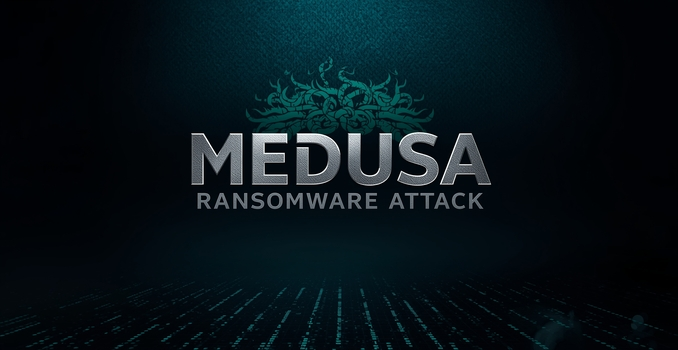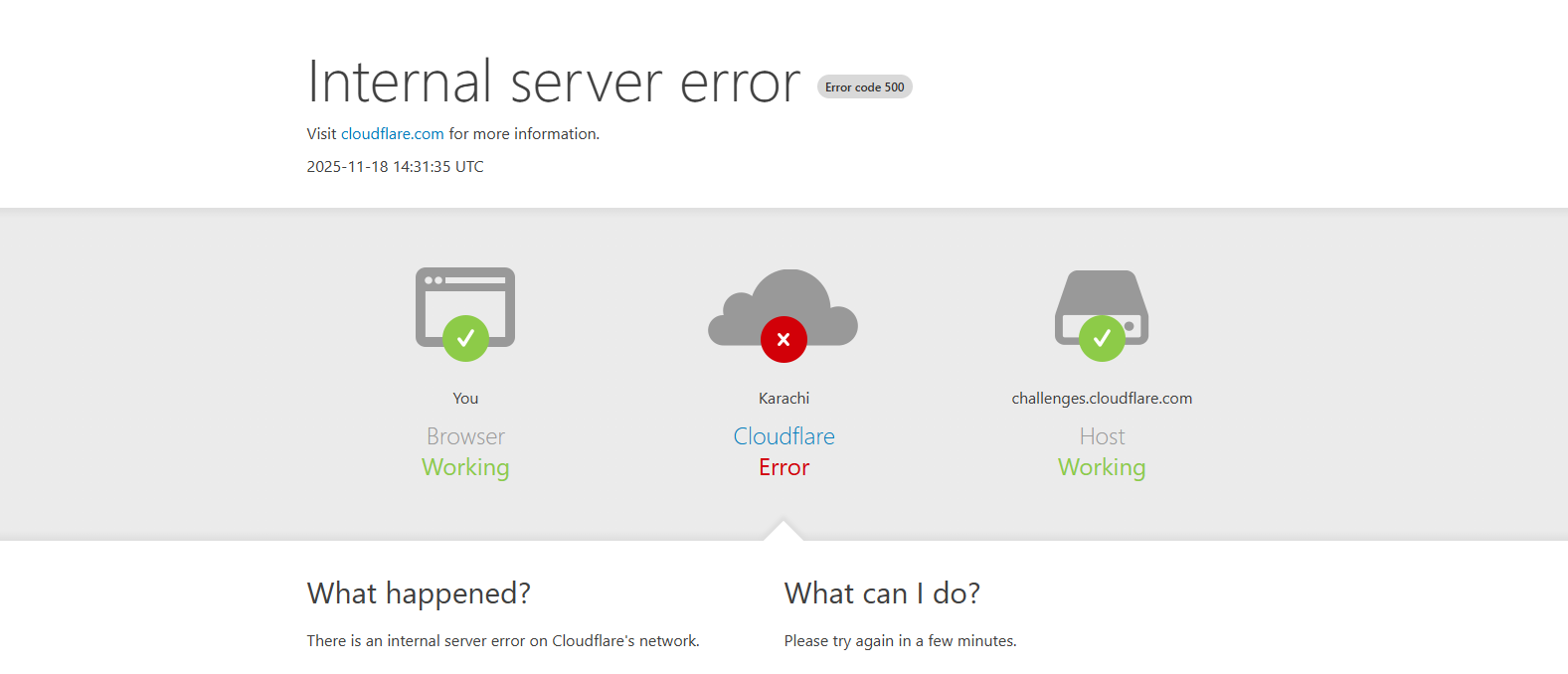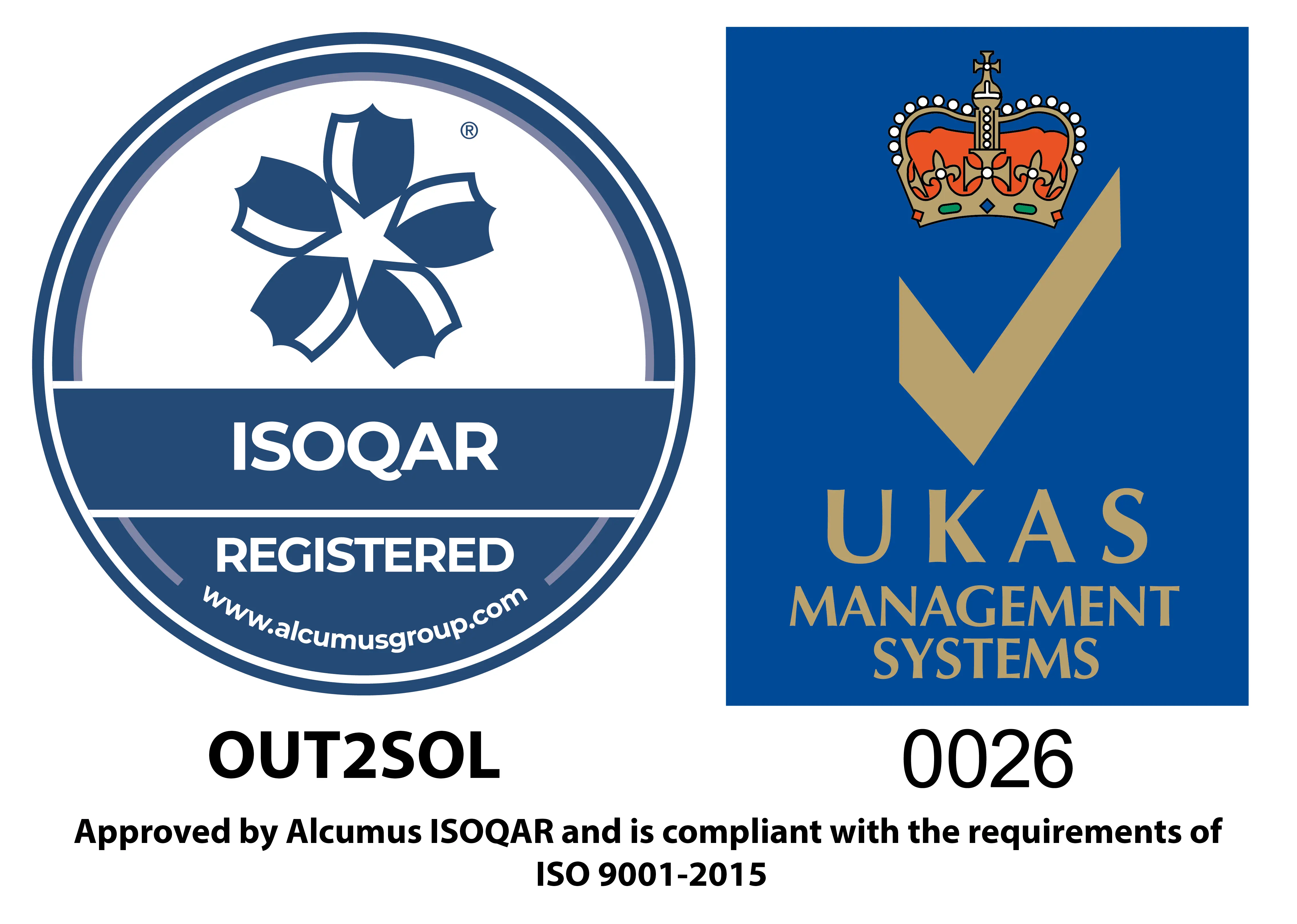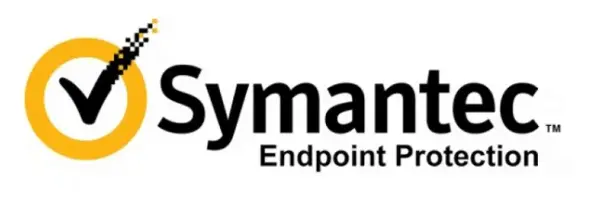Business & Tech Essentials

Medusa Ransomware Threat Explained: Preventing the Next Attack
In early 2025, cybersecurity teams across the world began warning about a fast-spreading ransomware known as Medusa. This advanced strain isn’t just encrypting data, it’s stealing and leaking sensitive information, shutting down operations, and costing organizations millions. What makes it worse is that many victims only realize they’ve been hit when it’s already too late.
As cybersecurity professionals, we’ve seen how one unpatched system or a single phishing email can open the door to a Medusa ransomware attack. Businesses in Saudi Arabia and beyond need to act early, identify weak points, secure their networks, and plan a rapid response. That’s where our cybersecurity advisory services help organizations prepare before incidents escalate.
This article breaks down what Medusa ransomware is, how it spreads, and the critical steps every organization should take, from emergency response to long-term prevention.
What Is Medusa Ransomware
Medusa ransomware is a sophisticated Ransomware-as-a-Service (RaaS) threat first detected in 2021. It quickly became known for targeting critical infrastructure sectors such as healthcare, education, finance, and manufacturing. By early 2025, agencies like CISA FBI, and MS-ISAC reported that Medusa had compromised over 300 organizations worldwide.
Unlike traditional ransomware, Medusa uses a double-extortion technique, encrypting files while also stealing sensitive data and threatening public exposure if victims refuse to pay. Most infections occur through phishing emails, malicious attachments, or unpatched system vulnerabilities, with attackers often using remote PowerShell or RDP for lateral movement before encryption.
Security researchers have found that Medusa attackers often gain access through previously compromised accounts sold on underground markets. Once they infiltrate, they rely on legitimate administrative tools already present within systems, making their activities harder to detect before launching the final encryption phase.
As the Medusa group continues to evolve, organizations must strengthen their cybersecurity defenses and stay alert to prevent potential compromise.
How Medusa Ransomware Attacks Unfold
The Medusa ransomware attack usually progresses through a series of calculated steps that allow the attackers to gain control, steal data, and apply pressure on victims.
Initial Access
Attackers often begin by sending phishing emails or compromising public-facing systems. Once a user interacts with a malicious attachment or link, the threat actors gain their first entry point into the network.
Credential Theft and Network Movement
After access is established, the attackers steal credentials and use legitimate tools such as remote PowerShell or RDP to move laterally across the network.
Data Exfiltration
Sensitive data is extracted from systems and prepared for either public leak or sale on underground forums.
Encryption and Extortion
During encryption, Medusa appends the “.MEDUSA” extension to affected files and removes local backups such as Windows shadow copies to block easy recovery.
Files and devices are encrypted, followed by a ransom demand. Victims are threatened that their stolen data will be leaked if they do not comply.
Data Leak or Sale
If payment is refused, the stolen data is usually published or sold on dark-web markets.
The group is also known for using public channels, including Telegram, to leak data and pressure victims, expanding their extortion beyond the dark web.
This chain of events shows that the Medusa ransomware attack is not only a data encryption issue but a serious business continuity and reputation threat. Understanding each stage is critical to building a strong defense strategy.
Immediate Precautions (Emergency Steps)
If you suspect that your systems have been infected by Medusa ransomware, it’s essential to act quickly and systematically. Delayed action can allow the malware to spread across the network and cause irreversible data loss. Follow these emergency steps immediately:
1. Disconnect Infected Systems
Unplug the network cable and disable Wi-Fi to stop the ransomware from spreading to other connected devices. Isolate the infected machines as soon as possible.
2. Do Not Delete or Rename Encrypted Files
Avoid changing file names or extensions. Such changes can make data recovery difficult or even impossible for forensic and recovery teams.
3. Do Not Pay the Ransom
Paying does not guarantee that your data will be restored. In most cases, attackers may take the payment and disappear, or target you again later.
4. Notify Your IT and Security Teams
Inform your organization’s IT department or security team right away. Early reporting helps limit further damage and allows experts to begin containment and investigation.
5. Check and Secure Backups
Review all available backups to confirm they are safe and not connected to infected systems. Only restore data from verified offline or cloud backups once the threat has been removed.
Moving Forward Recovery and Hardening
Once the immediate threat has been contained, the next step is to restore normal operations and strengthen defenses to prevent future attacks.
- Run a Full Security Scan: Use a reliable antivirus or EDR solution to identify and remove any hidden malware that may still be present in your system.
- Reset All Passwords: Change every password, including system and application credentials. Always use strong, unique passwords and enable multi-factor authentication wherever possible.
- Patch and Update Systems: Apply all pending updates to your operating systems, applications, and firmware. Regular patching helps close security gaps that ransomware often exploits.
- Review Network Discovery Settings: Disable network discovery and unnecessary services to reduce exposure and limit the spread of potential threats.
These steps go beyond recovery; they help build resilience and ensure your systems are better prepared against future ransomware campaigns.
How to Prevent Medusa Ransomware Best Practices
Prevention is always more effective than response. The good news is that strong cybersecurity practices can stop most ransomware attempts. Focus on the following essentials:
- Maintain Offline Backups: Keep secure copies of critical data stored separately from your network.
- Segment Your Network: Limit access between departments so attackers cannot move freely if they gain entry.
- Control Remote Tools: Restrict or disable utilities such as Remote PowerShell and RDP as they are commonly used by Medusa operators.
- Apply Security Updates Promptly: Regular patching closes the gaps that ransomware exploits.
- Train Employees on Phishing Awareness: Since most Medusa ransomware gang phishing campaigns start through deceptive emails, continuous awareness training is key.
These preventive actions significantly reduce the risk of a Medusa ransomware attack and help protect your organization’s operations and reputation.
How Long Do Ransomware Attacks Last
There isn’t a fixed time for how long ransomware attacks continue. It depends on how big the network is, how fast the team responds, and whether backups are ready.
In Medusa cases, the first breach can happen within minutes, but spreading through the system and stealing data usually takes a few days. The stage where hackers demand money can last from several hours to a week. For large companies, full recovery may take weeks or even months.
Quick action always helps reduce the damage and cost.
Cyber Threats Related to Medusa Ransomware
The impact of Medusa goes far beyond one system or user. Some related threats include:
- Critical infrastructure organizations are among the main targets of the Medusa ransomware group, with more than 300 known victims.
- Medusa campaigns have been observed across regions including the US, UK, Canada, and the Middle East.
- The group often uses remote PowerShell and other admin tools to hide inside networks and move around quietly.
- The RaaS-Medusa model allows less-skilled attackers to launch serious attacks easily.
- After files are locked, stolen data is often leaked or sold, creating legal and reputational problems.
Because Medusa uses advanced methods and focuses on critical targets, organizations should stay alert and make prevention a top priority.
Decrypting Files Encrypted by Medusa Ransomware
Unfortunately, there is no consistent publicly available decryption tool for Medusa-encrypted files as of 2025. Attackers leverage unique keys and double-extortion methods, which complicates recovery.
The best route remains: recovering from clean backup, verifying your environment, then rebuilding rather than relying on decryption tools.
Do not rename files, do not pay ransom as your primary strategy, and work with forensic professionals if necessary.
Key Takeaways
The Medusa ransomware threat is a growing concern for organizations worldwide. It uses advanced tactics like phishing campaigns, remote PowerShell execution, and network exploitation to spread silently before encrypting critical data. Businesses in healthcare, finance, and infrastructure have already faced severe disruptions from this malware.
To stay protected, organizations must strengthen their cybersecurity posture through continuous monitoring, employee awareness, and timely software updates. Backups should always be kept offline or on secure cloud platforms, and incident response plans must be tested regularly. Acting fast during an attack can prevent major data loss and financial damage.
If you need professional guidance or a tailored defense plan, our cybersecurity consulting team can help assess vulnerabilities and design strategies to keep your systems safe from threats like Medusa ransomware.
Disclaimer: All logos, trademarks, and brand names used in this document are the property of their respective owners. Their use here is for identification purposes only and does not imply endorsement.

















